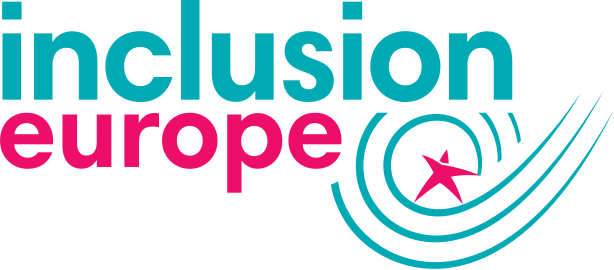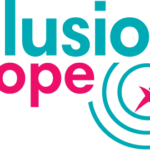On November 24th and on the occasion of International Day for the Elimination of Violence against Women 2020 together with European Disability Forum, we held a webinar called ”Ending violence against women and girls with disabilities in the European Union”. We discussed with EU actors and partners, including EU institutions, agencies and women’s organisations how to work together to end violence against women and girls with disabilities.
Video
Even before COVID-19, women and girls faced multiple forms of violence
Women and girls with disabilities constitute 16% of the total population of women in the European Union and 60% of the overall population of 100 million persons with disabilities. This corresponds to an estimated 60 million women and girls with disabilities. Data show that, on average, they are 2 to 5 times more likely to face violence than other women and girls. In the EU, 34% of women with a health problem or a disability have experienced physical or sexual violence by a partner in their lifetime. Violence may include domestic and gender-based violence, institutional violence, forced sterilisation, contraception and abortion, and harassment, including sexual harassment.
Limited support and awareness
Despite being more at risks of becoming victims of violence, women and girls with disabilities received limited support due to lack of awareness, accessibility, and reasonable accommodation. They also face barriers in accessing justice. Several policies of the European Commission have the potential to combat and end violence against women and girls with disabilities, in particular, the Gender Equality Strategy and Strategy for Victims’ Rights adopted earlier this year, and the EU Disability Strategy to be adopted in 2021.
Resources
Domestic violence and access to services for women with disabilities
Recommendations from the women’s movement
The Istanbul Convention a fundamental instrument to eliminate violence
Further reading
Research about violence on women with intellectual disabilities





